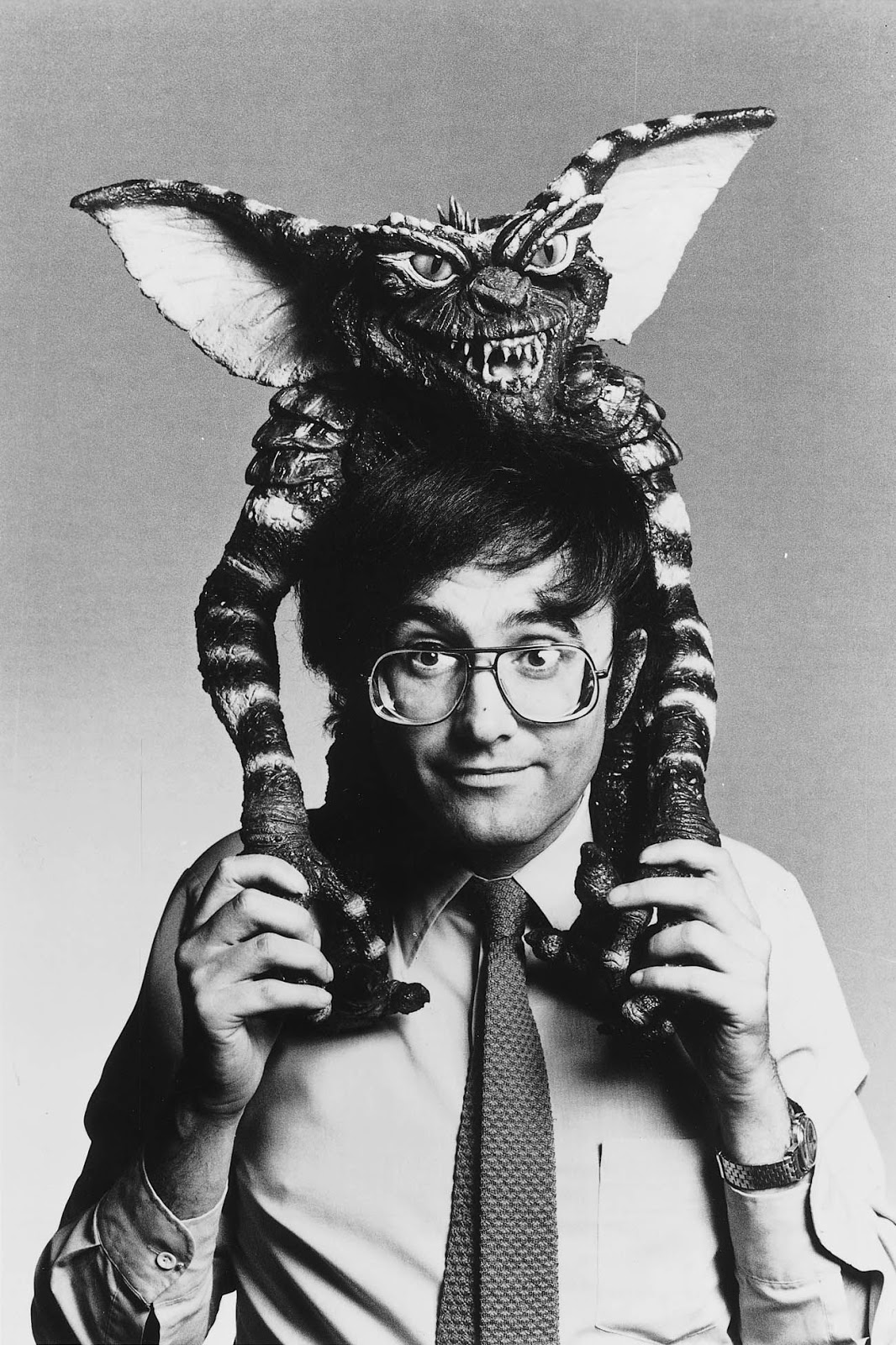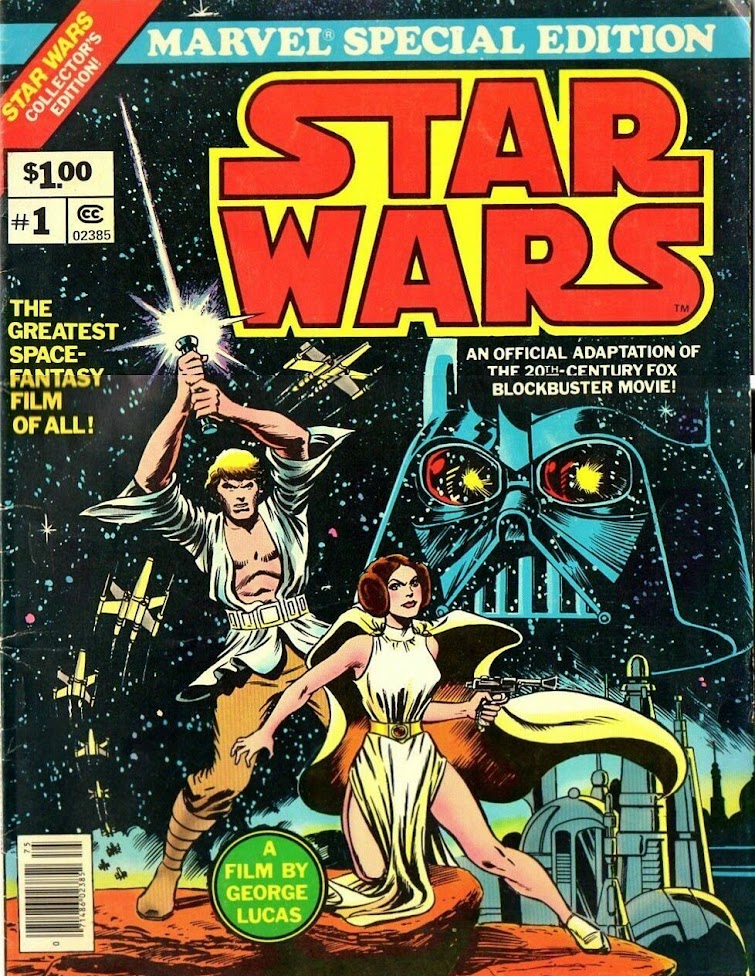“Attention! Ladies and gentlemen there are a heard of killer rabbits heading this way!”
Before I get to the terrifying concept of giant rampaging bunny-rabbits, let's remind ourselves why, oh WHY, is a rabbit used to
symbolize the resurrection of Christ. From the rebirth of a religious figure to
chocolate bunnies, what exactly happened?
The most likely explanation is a confluence of different
traditions. First, the hare has long been believed to be a hermaphrodite, in
the works of ancient philosopher Plutarch for instance, linking his reproduction
to the virgin conception of Christ. The rabbit has since been a staple of
Christian iconography, even representing the Holy Trinity with the
Three Hares motif. The other tradition is more recent, with the late 1600s story of the
Easter Bunny, which generated in Germany
and told the somewhat familiar story of a mythical being that knows about the good and
bad behavior of children, and brings the good ones treats on the eve of a
Christian Holiday. The whole idea of chocolate started in the 19th Century in France
and Germany,
with bitter chocolate eggs. The egg, of course, being a symbol of rebirth, and of the
crypt Jesus emerged from, like a holy benevolent zombie.
 |
| The Madonna of The Rabbit, by Titian (1530), one fine example of Christianity's love affair with the fuzzy rodents, symbols of the virgin birth. |
Pseudo-educational interlude over. Now on to the rampaging roaring rodents.
Based on the Australian satirical novel
YEAR OF THE ANGRY RABBIT (1964) by Russell Braddon,
NIGHT OF THE LEPUS drops all of the book's comedy and attempts, in a rather ballsy move, to make a
straightforward monster movie out of the ridiculous scenario. After a rancher
(Rory Calhoun) poisons the coyotes threatening his flock, thus eliminating an
essential predator, his farm becomes overrun by rabbits. Two scientists (Stuart
Whitman and Janet Leigh) are hired to solve the problem, but only end up
creating a race of giant mutant rabbits that starts devouring the town of Tucson, Arizona.
 |
| The satirical novel behind NIGHT OF THE LEPUS. |
While the title using the Latin word for rabbit may promise
something a bit classier than expected, the alternate title
RABBITS (used in foreign release) may be more
straight to the point, the producers hoping probably to evoke the terror
Hitchcock inflicted upon the world in 1963 with his masterpiece
THE BIRDS. But
somehow, RABBITS doesn't quite inspire fear in the hearts of men. The French
title may be the best,
LES RONGEURS DE L'APOCALYPSE, loosely translating to
THE
RODENTS OF THE APOCALYPSE, which also arguably could have been a great alternate
title for that other dubious monstrous rodent flick,
FOOD OF THE GODS (Bert I. Gordon, 1976).
 |
| ''Here even the strongest can know fear'', screams the German poster for RABBITS, the foreign title for NIGHT OF THE LEPUS. |
Director William F. Claxton had been prior to this film mainly known for his westerns, having directed a bunch of films in that particular genre,
as well as 57 episodes of BONANZA. So hanging around on the Old Tucson Studio
in Arizona, as well as being surrounded by a cast that have also excelled in
the western genre (including DeForest Kelley, who before STAR TREK, had honed
his craft in the saddle), must have made him feel a bit more comfortable. In fact, when the colossal cottontails starts attacking, they could easily have been substituted in the old politically incorrect westerns by hordes of American Indians.
There is a glimmer of hope when watching the opening of the
film that it could be interesting, as a repetitive beat resonates on the
soundtrack as the copter-cam follows a horse and its rider running an empty
field. For a few seconds, the music and the camera movement tracking a running beast in a vast wasteland brings to mind the film
John Carpenter would make 10 years later,
THE THING.That comforting feeling vanishes quickly, though.
To be fair, for most of the film, the directing is quite competent. Claxton is an experienced director and does what he can in a genre
which isn't his forte. If anything, except for some colorful gory visuals that would have been quite at home in an Italian Giallo, the
film could have been an above-average TV movie, judging by its overall tone and pacing. Claxton loses his
grip a bit by the end where the choppily edited climax becomes almost comically
stroboscopic.
 |
| ''The bite of the Lepus...can be dangerous!'' Now you tell me! A surprisingly gory moment from NIGHT OF THE LEPUS. |
The performances are all over the map. Stuart Whitman
basically sleepwalks through the role, looking
most of the time like he came out of a bender. DeForest Kelley seems to wonder
what the hell he's doing there, and supporting characters like Paul Fix as
Sheriff Cody are often embarrassingly bad. The saving grace is Janet Leigh who acts
genuinely concerned and intense for most of the film and treats the script with
a rare reverence. Her earnest performance almost manages to make us forget that
we are watching a film where the foes are giant rabbits.
 |
| Stuart Whitman, Janet Leigh, and Rory Calhoun, stunned by the poor box office reception of NIGHT OF THE LEPUS, and decidedly not sharing the same hairdresser. |
And it's not like the studio didn't try to make us forget
about that fact. Just checking out
the trailer or poster is evidence that they
had not much faith in selling the film with images of giant bunnies. And it IS
a wise decision, because therein lies the biggest problem of the film; the
''monsters'' aren't all that terrifying. No matter how many extreme close ups
you use, or how loud the ominous sound effects are, or how much you slow them
down, even in often quite decent scale models, what you have are hordes of
fluffy bunnies prancing around.
 |
| Fluffy and on a rampage, romping through decent scale models. |
The abject terror Jud projects in a scene after
an attack is a good way to sell just how horrendous the furry foes are, but Chuck Hayward's perfectly acted panic
attack loses its potency when Janet Leigh tries to console him by uttering the
immortal words:
''Jud. Calm down. He's gone. The rabbit's gone!''
 |
| A terrified Chuck Hayward and a consoling Janet Leigh. ''Jud. Calm down. He's gone. The rabbit's gone!'' |
If anything, the only moment the hares are actually
terrifying in the film is in the beginning, in news footage from a rabbit epidemic
in Australia.
The sight of hundreds of running rabbits, jumping right and left to flee men
attempting to contain them, has a creepy crawly quality to it that supersedes the
following attempts to make them scarier by turning them into slow, overgrown
mutant rodents. No matter how much animal trainer Lee Sollenberger tried, they still look fuzzy and huggable.
 |
| How do you make a bunny scary? Try filming it up its nose and put some goop on its face. That will do the trick. |
Veteran Hollywood stunt man Jack Young had been given the job of location scouting for the film, and
reminisces. “In 1971, while still
working for Old Tucson, I landed this sci-fi movie. An old friend, Bill
Claxton, was the director and we had worked with Bill on several
occasions. On the surface, everything looked normal and we didn’t feel
there would be any problems. The little village of Sonoita was used as
the town and most of the filming was done there. However, on our backlot
of Old Tucson, they built a miniature village to look like Sonoita.
This movie was about a scientific exercise that went wrong and they
ended up with giant rabbits. They were shooting their final scenes in
this miniature village around 4AM. I was in my office and kept hearing
lots of banging. Had no idea what that was so I ventured up to the set.
They had built little fences into the village with the rabbits there to
run in and destroy the village. But the banging? When they rolled
camera’s they started banging on pot pans and anything that would make a
noise. What most people don’t know is rabbits are so sensitive that
many of them dropped dead with a heart attack. I found out they were
storing the dead ones in a freezer and used them to shoot when the
script called for it. I put a stop to that practice at once and told
Bill that if they continued I would remove them from the property.”
 |
| MGM deliberately making the nature of the monsters ambiguous on posters for NIGHT OF THE LEPUS. |
All that remains is the awkward ecological message, a staple
of giant animal on the rampage movies. From warnings about the Atomic bomb
(
GODZILLA,
THEM!) to Toxic Waste (
EIGHT LEGGED FREAKS,
PROPHECY), monster
movies are riddled with such messages, and
NIGHT OF THE LEPUS is no exception. However,
it tends to muddle that theme by making the calamitous release of mutant
rabbits the result of attempting to avoid using poison in the fields. I guess
ultimately, the theme is to not screw around with mother nature, which is as good as any.
















Comments
Post a Comment